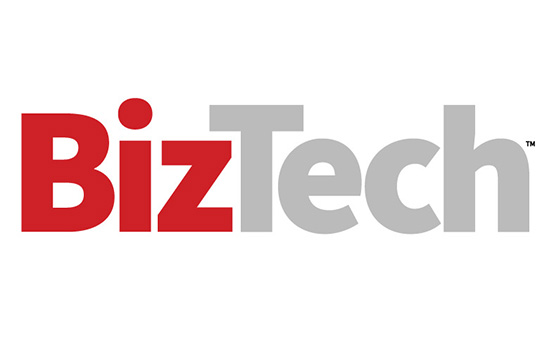1. Copilot for Speeding Up Daily Workflows
AI’s most popular use case is speeding up the workflow process and productivity, “especially from a coding and analytics point of view,” said Evan Reich, head of data strategy and sourcing at Verition Fund Management. “If you’re writing code from scratch, I also don’t know what you’re doing.”
It’s also helping financial analysts reorganize data. “Say you want something quickly explored based on a vendor’s raw data, and it’s in a form like XML or JSON, and I don’t remember off the top of my head how to write that particular parser. Now you can get the code, change it, implement it, and voilá, you have a small data frame,” said Eugene Miculet, head of data strategy at WorldQuant.
Whether AI is building retrieval-augmented generation for chatbots or catching programming errors, “I’ve seen at least 20% to 30% improvement in productivity if these tools are implemented correctly,” Ali said.
“With Copilot, things that would have taken 10 to 15 minutes now take seconds to do. I think we’ve all benefited from this tooling,” said Andrew Gelfand, head of quant and long/short equity alpha capture at Balyasny Asset Management.
These productivity payoffs are “a game changer for smaller companies,” added Petter Kolm, professor at New York University’s Courant Institute of Mathematical Sciences. “If you’re a small company, you can’t spend too much time working with individual clients. You don't have a staff that can sit there and do Q&A all day long,” he said. But now, LLMs can take over that manual labor.
RELATED: Banks can create effective data strategies in the era of artificial intelligence.
2. Automation Is Revealing a Fuller Picture of Data
The ability to analyze and ingest large volumes of information is also helping large financial institutions mine data that wasn’t previously accessible. Gartner estimates that more than 80% of today’s enterprise data is unstructured. And AI is helping teams parse that unstructured data, which is often in the form of “documents, notes, emails or PDFs,” Gelfand said.
“A lot of data was not really accessible before. Think of emails maybe sent from a fundamental analyst to the portfolio manager, highlighting something with symbols or a graph. We’re making good process at interpreting that textual data a lot better,” Gelfand said. This “shorthand” is starting to reveal a more nuanced, fuller picture.
Experts said these innovations are helping employees become better data scientists. But teams still need to test the data and analyze it with scrutiny. “Have a standardized due diligence questionnaire, have a good set of metadata, documentation, user guides, etc.,” said Rich Brown, global head of market data at Jain Global. Brown also emphasized testing data and folding data governance into the mix.
FIND OUT: Can artificial intelligence agents really ease workloads for large enterprises?
3. AI Is Enabling Precise Forecasting and Sentiment Analysis
By processing vast amounts of financial news, earnings calls and social media data, AI is helping teams identify market sentiment shifts in real time. Natural language processing models can also extract insights so traders and analysts can make more precise investment decisions.
“You attach an adapter to large language model that outputs return forecasts directly. Now, when you're fine-tuning such a model, you're training it on labels that are directly linked to corporate returns,” Kolm said.
Academic and financial models have found that this method delivers much better performance and allows firms to filter mass market data in a customized way.
“Up next, I want to see if agentic AI can streamline the process of investment research,” Ali said. “Plus, more approaches to building a model in a data-driven way, rather than imposing a structure and then fitting the data into it.”
Click the banner below for financial expertise on navigating regulatory compliance.













